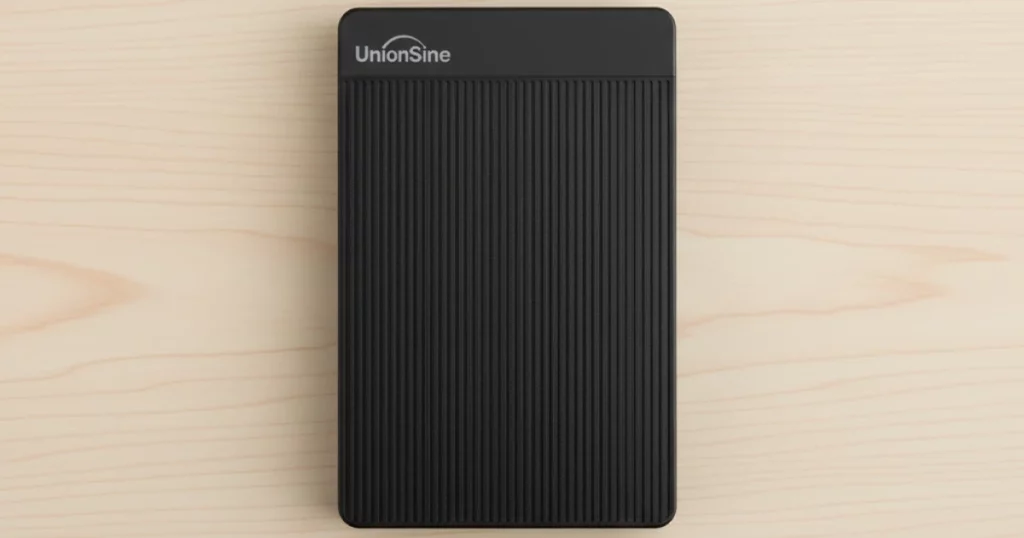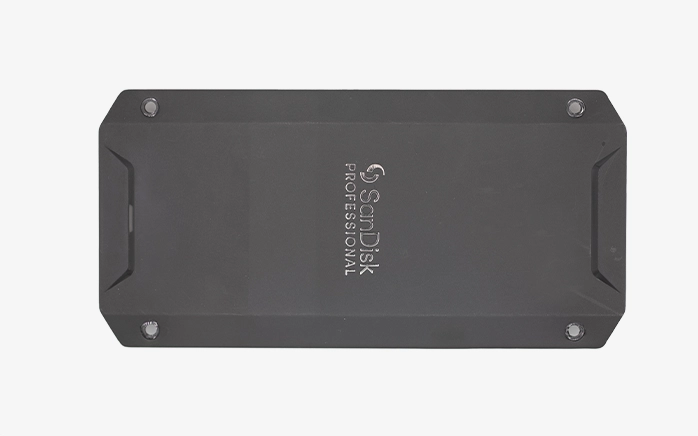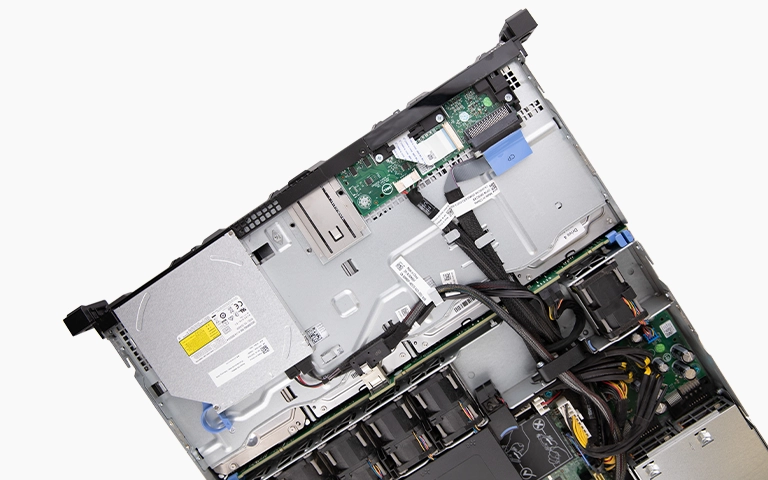Hard drives are the backbone of digital data storage for millions of users worldwide. When the internal platter, the component that holds all your data, becomes scratched or physically damaged, the consequences can be severe. In many cases, accessing data becomes impossible without professional intervention
At PITS Data Recovery, we specialize in hard drive recovery, particularly from drives with scratched platters, using advanced tools, imaging systems, and ISO-certified cleanroom environments. In this guide, we explain what leads to platter damage, how it affects data access, and what determines the chances of successful recovery.
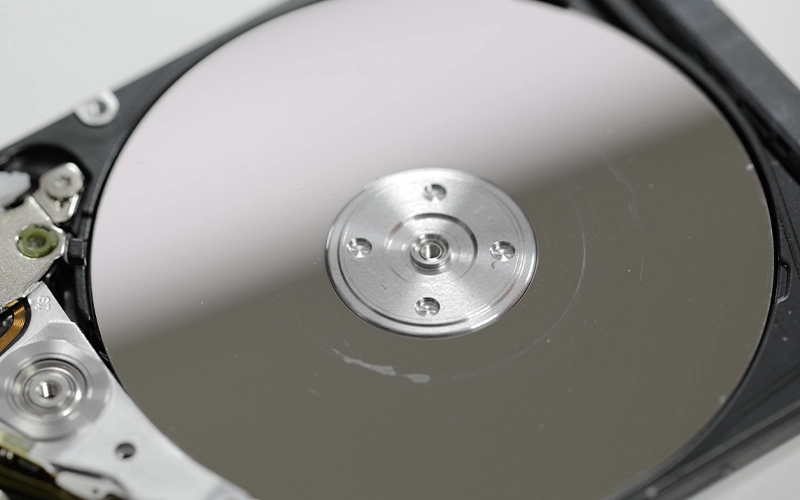
What Is a Hard Drive Platter?
A platter is a circular disk made of glass or aluminum and coated with a magnetic layer. This is where your data is written in the form of magnetic patterns. Hard drives typically contain one or more platters stacked vertically and spinning at high speeds, usually 5,400 or 7,200 RPM.
Key components involved in the data process:
- Platter: The storage surface, highly sensitive to scratches or particles
- Read/write head: Floats just nanometers above the platter, never intended to touch it
- Actuator arm: Moves the head across the platter to access different data tracks
Any interference between these components can result in catastrophic data loss.
What Leads to Scratched Platters?
Scratched platters are almost always the result of physical interference between the read/write head and the platter surface. Common contributing factors include:
Physical Shock or Impact
- Dropping a drive, even when powered off, can misalign the heads
- Impact may cause the heads to crash into the platters and scratch the surface
Power Loss or Voltage Spikes
- Sudden shutdowns can leave the heads in the data zone instead of the parking ramp
- This can result in direct contact during the next spin-up
Wear and Aging
- Old drives may develop weak suspensions or degraded magnetic coatings
- Reduced tolerance over time increases the chance of contact

Manufacturing Defects
- Rare firmware or mechanical calibration issues can result in premature wear or contact
Environmental Contamination
- A breach in the sealed chamber can allow microscopic particles to enter
- These act like abrasive sandpaper at high RPM
Symptoms of Scratched Platters
If your hard drive has scratched platters, you may notice:
- Clicking, grinding, or buzzing noises
- Drive not detected by the system or BIOS
- Freezing during data access
- Corrupted or missing files
- Sudden system crashes or reboots during drive usage
Power off the device immediately if you observe any of these signs.
Consequences of Scratched Platters
Platter scratches can cause:
- Data inaccessibility when heads cannot read magnetized sectors
- File corruption or fragmented data from failed reads
- Head damage from repeated contact with gouged surface
- Internal contamination that spreads across other platters and heads
The longer the drive is powered on after platter damage occurs, the lower the chances of a successful recovery.
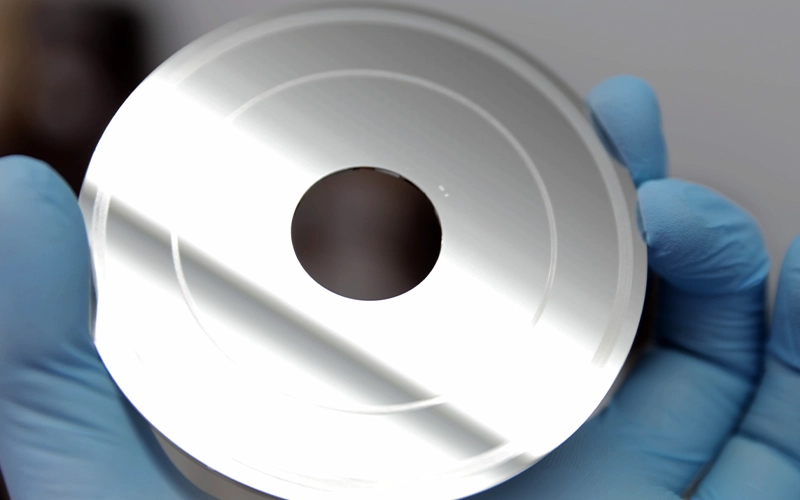
Can Data Be Recovered from Scratched Platters?
In many cases, yes. Recovery depends on factors such as:
- Location and severity of the scratch
- Whether the firmware, heads, and controller remain functional
- How quickly the drive was shut down after failure
- Whether the scratched area contains system-critical structures like the MFT or partition table
At PITS Data Recovery, our cleanroom engineers often recover data from drives with mild to moderate platter damage, especially if the client has not attempted further use.
Factors That Affect Recovery Success Rate
- Scratch depth and coverage area
- Number of affected platters
- File system structure and logical organization
- Contamination level and head degradation
- Whether imaging is still possible from undamaged sectors
Success rates exceed 80 percent when intervention occurs early and no DIY methods are attempted.
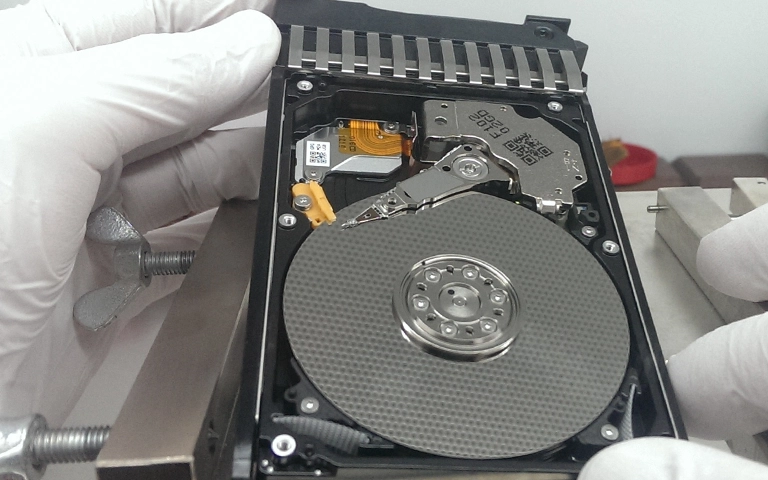
PITS Data Recovery Process for Scratched Platters
We use a methodical approach to maximize recovery from damaged platters:
- Initial Evaluation
- Non-invasive diagnostics
- Visual and microscopic examination of heads and platters
- Imaging feasibility assessment
2. Cleanroom Disassembly
- Performed in an ISO Class 5 cleanroom
- Prevents further contamination
- Safe handling and platter stabilization
- Platter Handling and Isolation
- Identification of damaged tracks
- Controlled resurfacing in some cases
- Magnetic debris removal to protect other platters
- Data Imaging and Extraction
- Sector-level imaging with adaptive head swaps
- Bypassing unreadable regions when possible
- Reconstruction of fragmented files using advanced software
5. Verification and Final Delivery
- Remote file verification with the client
- Delivery of recovered data on secure, encrypted storage
- Recovery report with detailed condition analysis
Your Data Security Is Our Priority
Data privacy isn’t optional. It’s our commitment. Our secure recovery process ensures your sensitive information stays protected from start to finish.
Trust in certified security. Start your recovery today! Call Now: 888.611.0737
Why Choose PITS Data Recovery
- Extensive experience with platter-level damage cases
- Access to donor drives, imaging tools, and firmware emulators
- ISO-certified cleanroom and state-of-the-art technology
- Strict data privacy compliance
- No recovery, no charge policy
What to Do If You Suspect Platter Damage
- Shut down the drive immediately
- Avoid using recovery software or diagnostics
- Do not open the drive outside of a cleanroom
- Contact PITS Data Recovery for professional evaluation
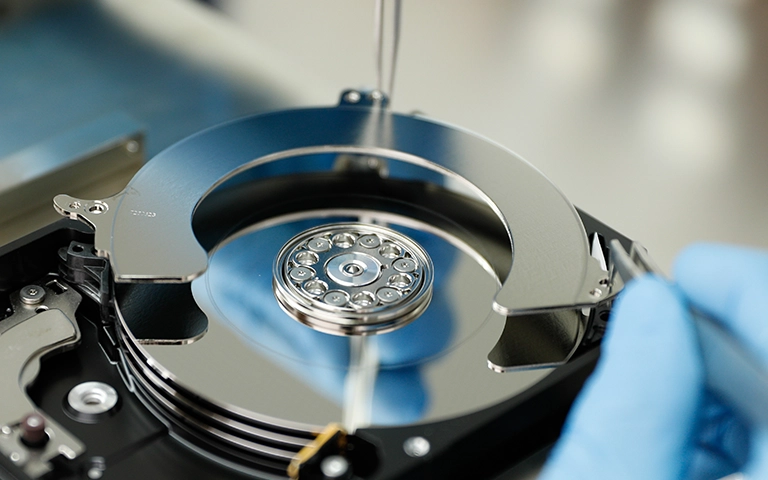
Get a Free Consultation.
Our recovery experts are ready to assess your device and guide you through the safest path to recovery. Fill out the form to get started.
"*" indicates required fields
Conclusion
Scratched platters represent one of the most serious threats to digital data. However, timely intervention and professional tools can often retrieve irreplaceable files. At PITS Data Recovery, we recover data from physically damaged drives that others cannot.
If your drive is making strange noises, failing to mount, or has suffered impact, reach out to us right away. Your data may still be recoverable with expert handling.
Frequently Asked Questions
What causes hard drive platter scratches?
Physical shock, head crashes, contamination, and sudden power loss are common causes.
Can software fix platter damage?
No. Software cannot repair physical damage. Recovery must be performed in a cleanroom.
Is data recovery guaranteed?
While not guaranteed, our engineers achieve high success rates when the damage is localized and the drive is promptly powered off.
How long does recovery take?
Standard recovery takes 5 to 10 business days. Emergency services are available
Can you recover data from all scratched platters?
Recovery is possible if at least some sectors are readable and heads can be aligned correctly. Full recovery depends on the extent of damage.
Watch what our customer saying
Don't Let Data Loss Ruin Your Business
Minimize business disruption. We retrieve lost data fast, so you can focus on what matters.

